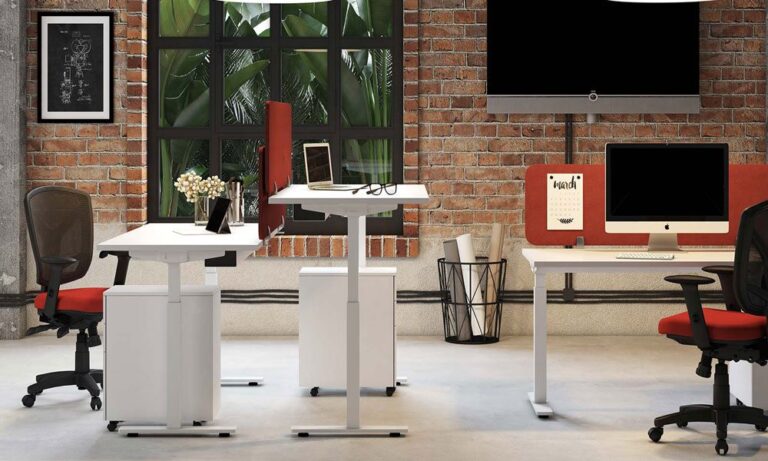As environmental concerns continue to grow, more and more people are seeking sustainable and eco-friendly solutions in all aspects of their lives, including furniture. Sustainable furniture materials are those that are responsibly sourced, have a minimal impact on the environment, and can be recycled or reused at the end of their lifecycle. These materials not only help conserve natural resources but also contribute to a healthier and greener planet.

1. Bamboo:
Bamboo is a highly sustainable and renewable resource that has gained popularity as an eco-friendly furniture material. It grows rapidly and requires no pesticides or fertilizers, making it an excellent alternative to traditional hardwoods. Bamboo furniture is not only durable and stylish but also has a lower carbon footprint compared to other materials.
2. Reclaimed Wood:
Reclaimed wood refers to wood that has been salvaged from old buildings, barns, or other structures. Instead of being discarded, this wood is repurposed to create unique and eco-friendly furniture pieces. Reclaimed wood furniture not only adds character and charm to a space but also helps reduce deforestation and waste.
3. Recycled Plastic:
Recycled plastic furniture is made from post-consumer plastic waste such as bottles, containers, and packaging materials. By diverting plastic from landfills and oceans, recycled plastic furniture helps reduce pollution and conserve resources. This material is durable, easy to clean, and resistant to rotting, making it suitable for both indoor and outdoor use.
4. Cork:
Cork is a natural and sustainable material that comes from the bark of cork oak trees. The bark is harvested without harming the tree, allowing it to regenerate and be harvested again in the future. Cork furniture is lightweight, water-resistant, and has excellent insulating properties. Additionally, cork forests play a crucial role in carbon sequestration and biodiversity conservation.
5. Organic Fabrics:
When it comes to upholstery and cushions, choosing organic fabrics is a sustainable choice. Organic fabrics are made from natural materials grown without the use of synthetic pesticides or fertilizers. They are free from harsh chemicals and toxins, making them healthier for both the environment and inhabitants. Organic cotton, hemp, and linen are popular choices for eco-friendly furniture upholstery.
6. Rattan and Wicker:
Rattan and wicker furniture are made from fast-growing plants such as rattan palm and willow. These materials are renewable, biodegradable, and can be harvested without causing significant damage to ecosystems. Rattan and wicker furniture add a natural and rustic touch to any space, making them a popular choice for eco-conscious individuals.
7. Metal:
While metal may not be the first material that comes to mind when thinking about sustainable furniture, it can be a responsible choice if sourced and manufactured ethically. Look for furniture made from recycled or salvaged metal, which reduces the need for new resource extraction. Metal furniture is durable, long-lasting, and can be endlessly recycled.
Choosing sustainable and eco-friendly furniture materials is a conscious step towards reducing our environmental impact. Whether it’s bamboo, reclaimed wood, recycled plastic, cork, organic fabrics, rattan and wicker, or recycled metal, there are plenty of options available to create stylish and environmentally friendly spaces. By opting for these materials, we can contribute to a greener future while enjoying beautiful and functional furniture.












